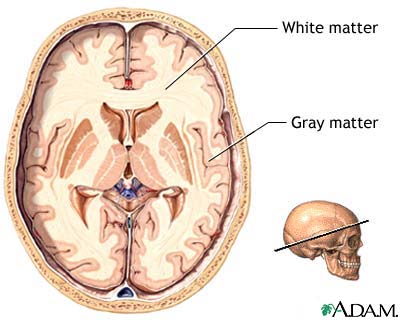 This is an artist's impression of the Jupiter-size extrasolar planet, HD 189733b, being eclipsed by its parent star. Astronomers using the Hubble Space Telescope have measured carbon dioxide and carbon monoxide in the planet's atmosphere. The planet is a "hot Jupiter," which is so close to its star that it completes an orbit in only 2.2 days. Credit: ESA, NASA, M. Kornmesser (ESA/Hubble), and STScI
This is an artist's impression of the Jupiter-size extrasolar planet, HD 189733b, being eclipsed by its parent star. Astronomers using the Hubble Space Telescope have measured carbon dioxide and carbon monoxide in the planet's atmosphere. The planet is a "hot Jupiter," which is so close to its star that it completes an orbit in only 2.2 days. Credit: ESA, NASA, M. Kornmesser (ESA/Hubble), and STScI(PhysOrg.com) -- NASA's Hubble Space Telescope has discovered carbon dioxide in the atmosphere of a planet orbiting another star. This is an important step along the trail of finding the chemical biotracers of extraterrestrial life as we know it.
The Jupiter-sized planet, called HD 189733b, is too hot for life. But the Hubble observations are a proof-of-concept demonstration that the basic chemistry for life can be measured on planets orbiting other stars. Organic compounds can also be a by-product of life processes, and their detection on an Earth-like planet may someday provide the first evidence of life beyond Earth.
Love personal electronics? Link up with the like minded at PEbuzz
Previous observations of HD 189733b by Hubble and the Spitzer Space Telescope found water vapor. Earlier this year, Hubble astronomers reported that they found methane in the planet's atmosphere.
Read more ....


















